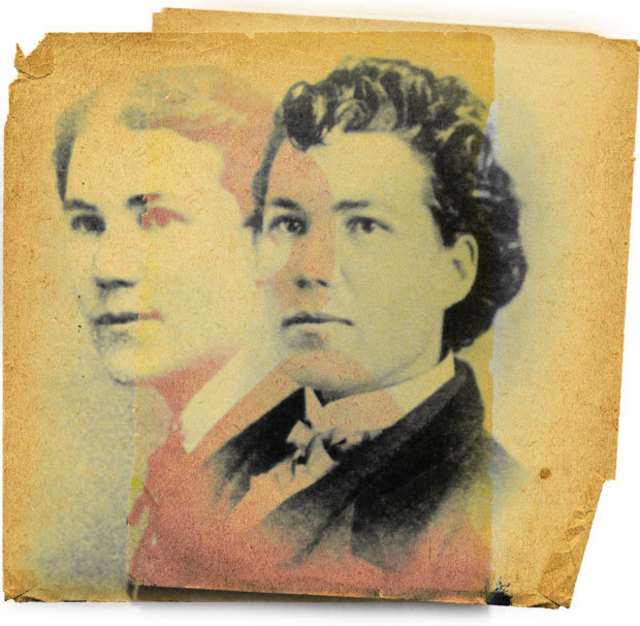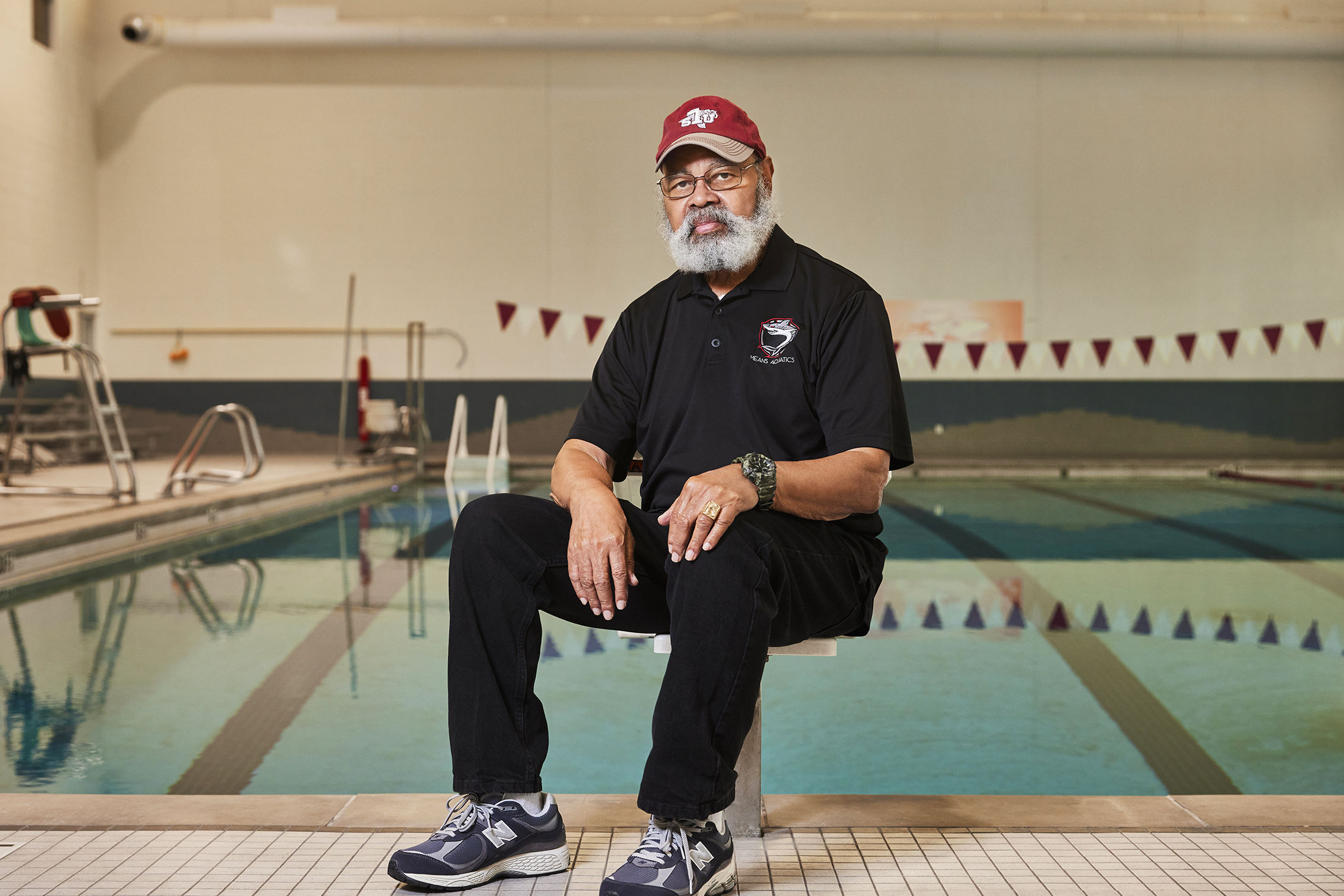Don’t Ask, Compel

Last January, when the Pentagon officially lifted its ban on women serving in military combat roles, many applauded the move, a few opposed it, and fewer still made a pilgrimage to the cemetery at 2911 Washington Avenue. The day we visited, in fact, the number of pilgrims appeared to be one, including us. This was a bit disheartening, if understandable. Finding the right simple white headstone among the hundreds just like it at Washington cemetery is no mean feat.
Then suddenly, in lot B—there it was. “Emma E. Seelye—Army Nurse” read the stone, an inscriptional iceberg barely hinting at what lies beneath. Sarah Emma Edmonds Seelye, you see, was one of the first women in America to assume a combat role on the battlefield, a feat of Civil War daring requiring both tremendous courage and a sophisticated drag sensibility.
Born in 1841 on a Canadian potato farm in the backwoods of New Brunswick, Edmonds first hacked off her hair to avoid combat (with her father, who was so hell-bent on marrying off 17-year-old Emma to a man twice her age, the girl feared for her life and fled in disguise). Apparently Edmonds liked what she saw; she bought some suits, renamed herself Franklin Thompson and went to work selling Bibles door-to-door.
The pioneering transvestite Good Book saleswoman eventually left Canada for the comparatively Valhalla-ish city of Flint, Michigan, and then left Flint for the Union army, somehow passing her military physical.
“Frank Thompson was effeminate looking,” wrote one of her commanding officers years later, “and for that reason was detailed as mail carrier, to avoid taking an efficient soldier from the ranks.” Still, Edmonds made her way to the battlefront anyway, fighting in some of bloodiest conflicts of the war’s early period, the First and Second Battles of Bull Run and Antietam among them.
It was a mosquito bite in 1863 that ended Edmonds’s ruse. Diagnosed with malaria in a Kentucky hospital, and fearful that doctors would discover her secret, Edmonds fled into the night. She was officially listed as a deserter on the Union army’s rolls, a judgment that persisted for two decades, by which time Edmonds was a bestselling author (her book, Nurse and Spy in the Union Army, sold 175,000 copies) and happily married to childhood friend Linus Seelye.
But Emma Seelye wanted something else: a veteran’s pension, which was denied deserters. In 1884, however, long years of persistence were rewarded. After several soldiers in her unit submitted sworn affidavits that Seelye and the brave soldier Thompson were one and the same, President Chester A. Arthur himself signed the order granting her a pension, and Seelye became the first and only female Civil War veteran to ever receive one.
The Seelye family moved to Texas in the early 1890s, and Emma spent her last days in La Porte, where in 1897 she achieved yet another first, becoming the only female member of the Grand Army of the Republic, the Union’s official veteran’s organization. In 1901, she was buried with full military honors in the cemetery at 2911 Washington Avenue, and today her simple white gravestone is but one of hundreds. Even in death, it seems, Emma Seelye is indistinguishable from her comrades.




